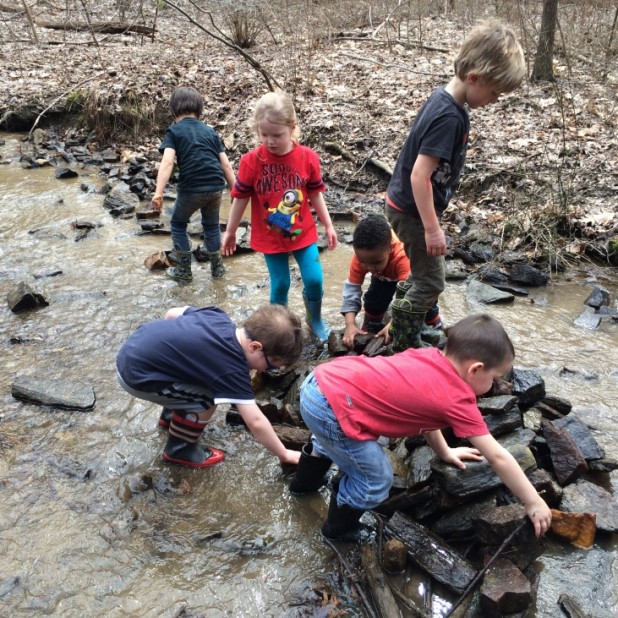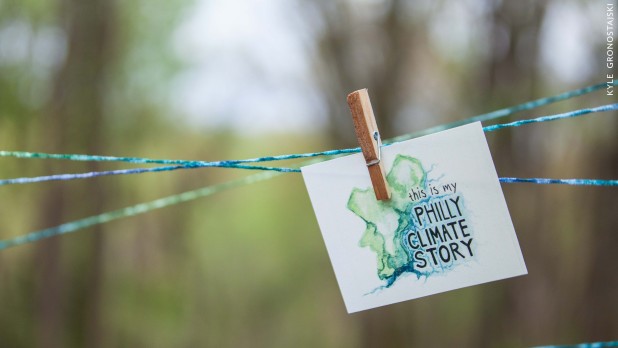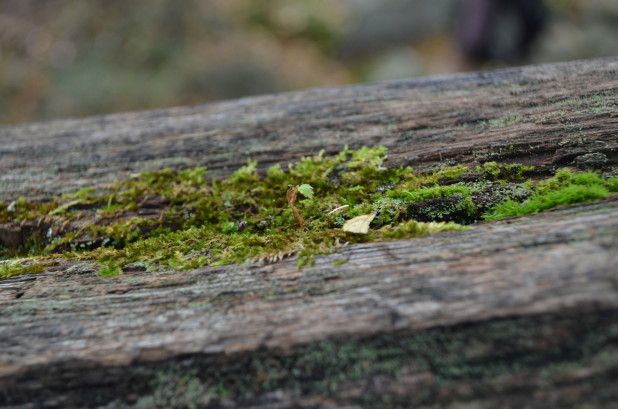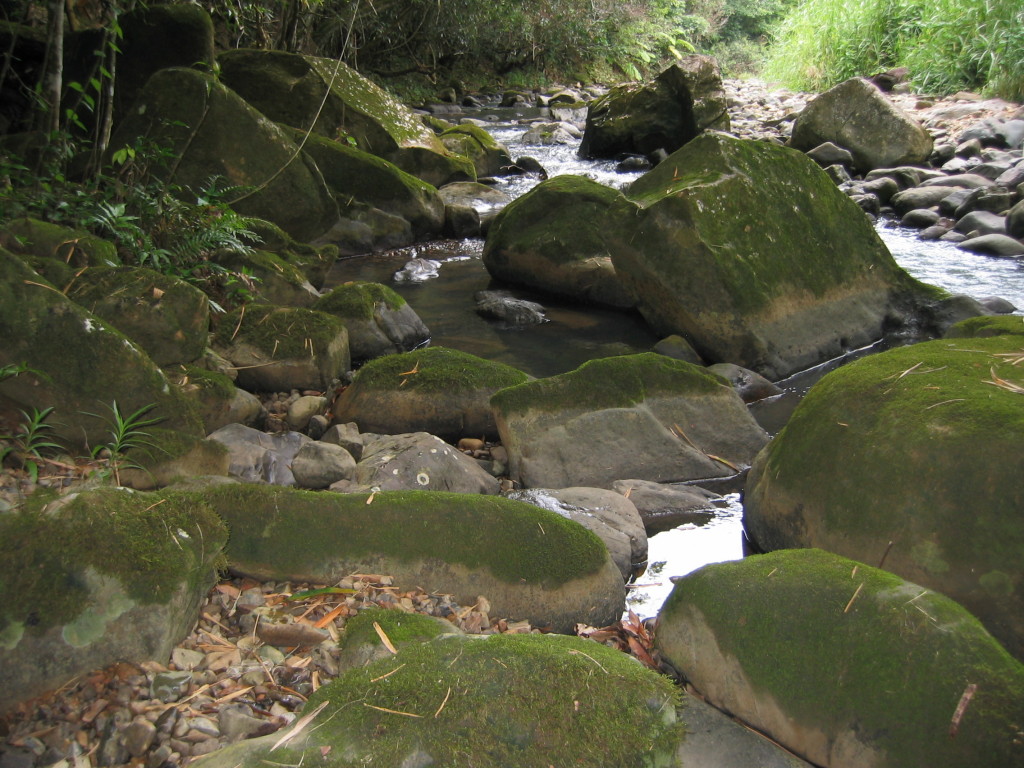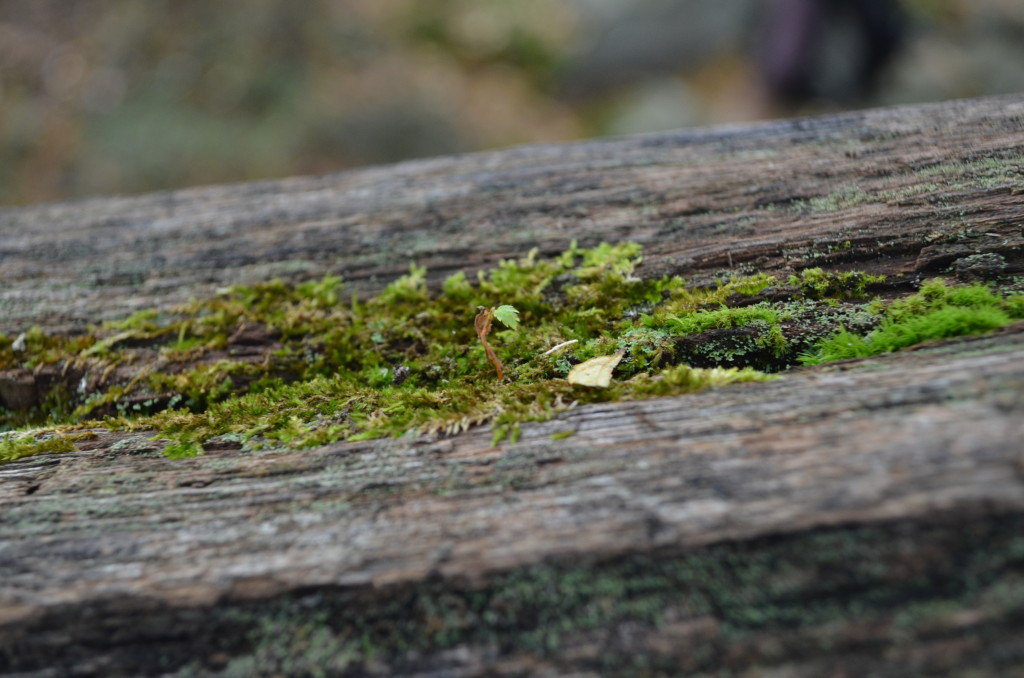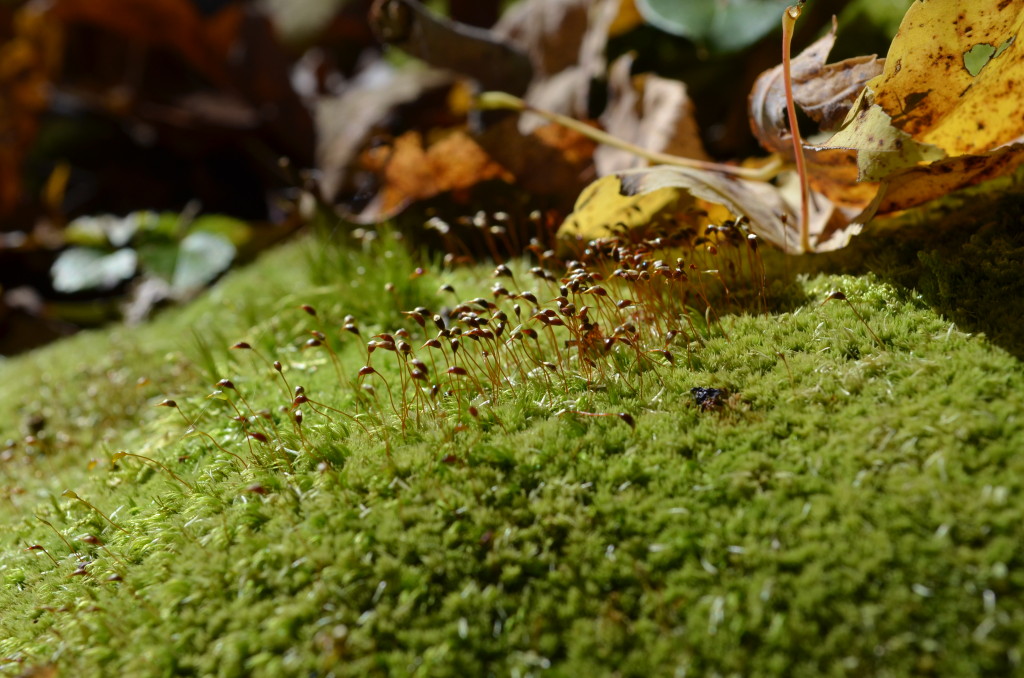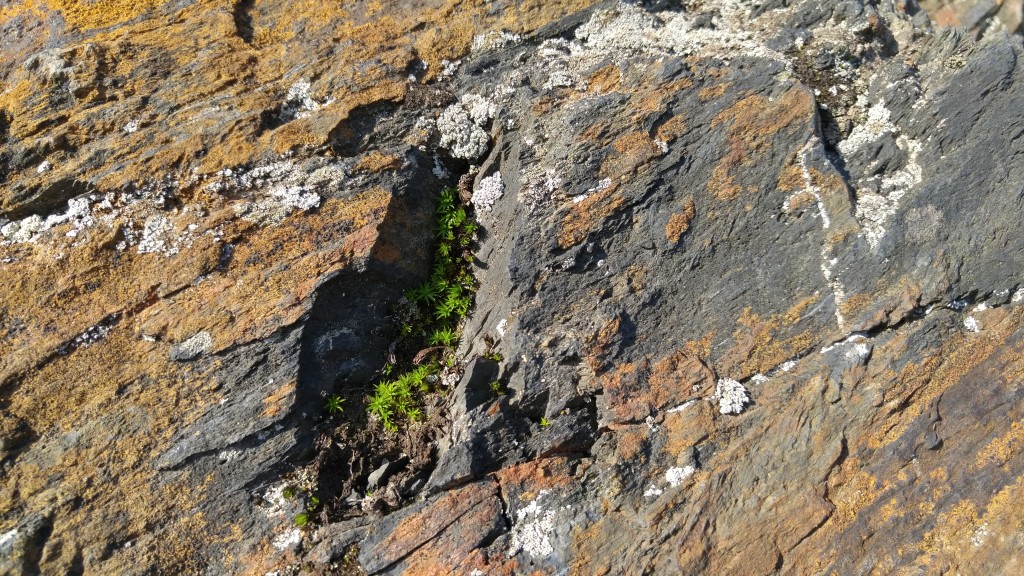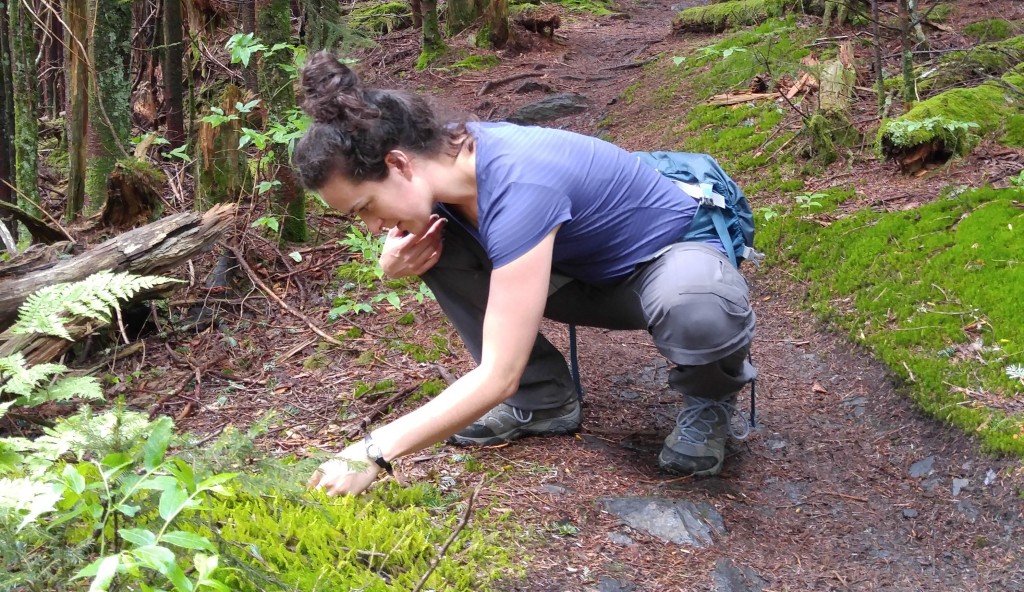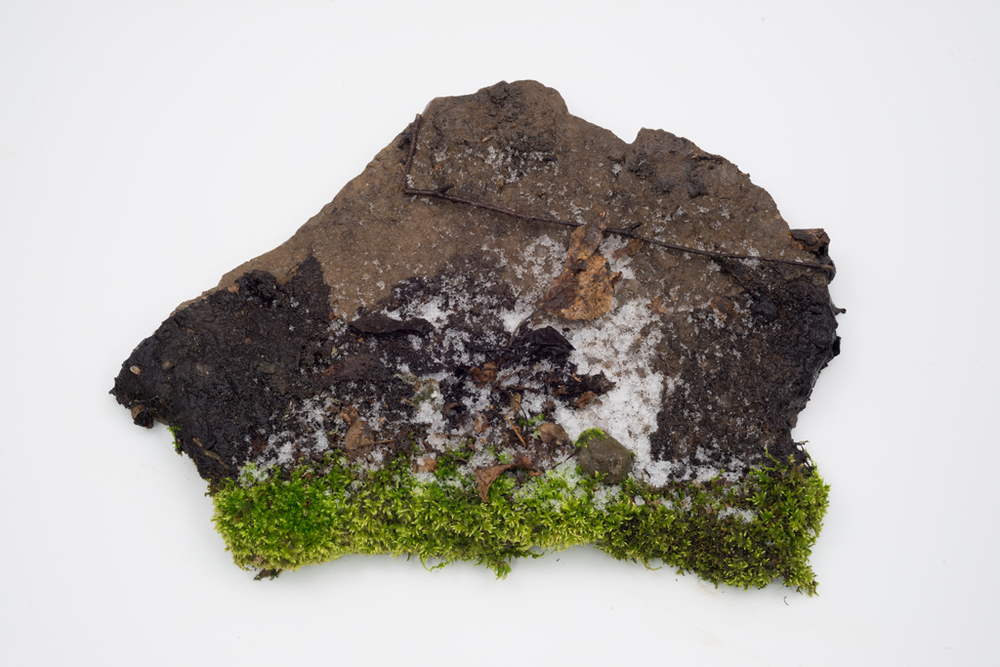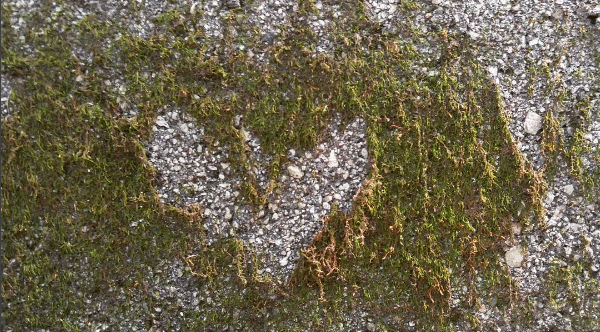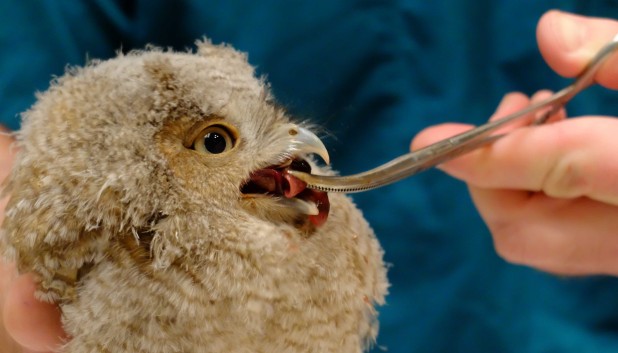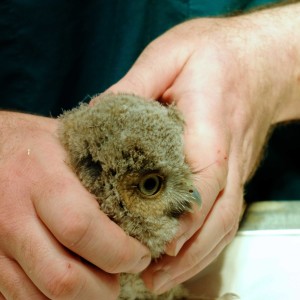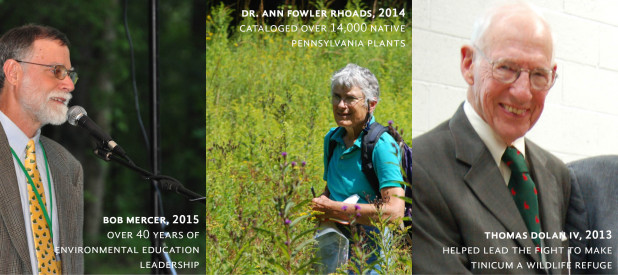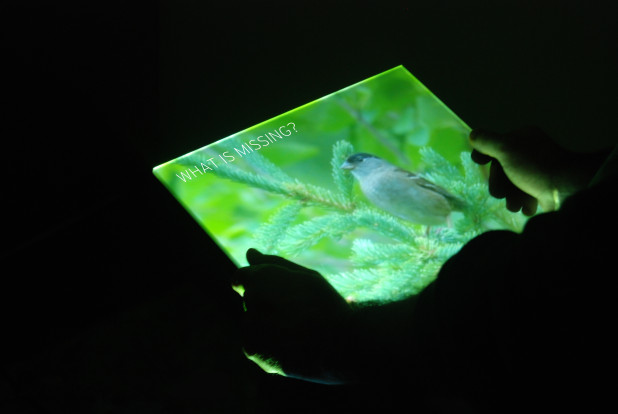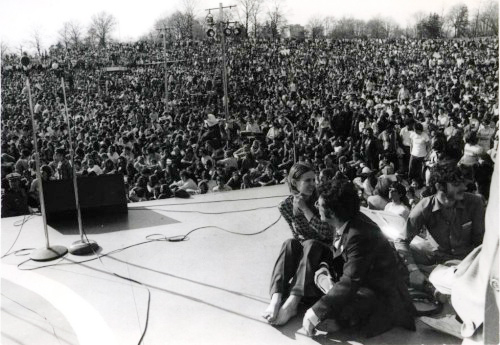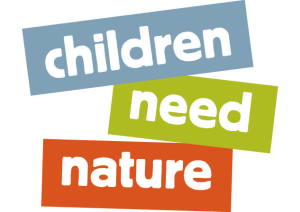By Anna Lehr Mueser, Public Relations Manager
It’s been a summer of good listening and I wanted to share a few nature and science podcasts we listened to this summer that offered new insights, entertained us, and opened our eyes. Whether you’re a serious nature nerd, somebody who likes a good science podcast, or someone looking for a thoughtful take on the everyday world, there is something here to mull on. Happy listening!
 Radiolab
Radiolab
From Tree to Shining Tree, July 30, 2016
“It’s as if the individual trees were somehow thinking ahead to the needs of the whole forest.”
In this Radiolab Podcast Short, Jad Abumrad and Robert Krulwich go into the root systems of the forest, revealing the hidden world beneath the trees, and the strange, and sometimes inexplicable, activities of the trees.
Listen here.
35 minutes long.
 Code Switch
Code Switch
Made for You and Me, June 8, 2016
“What I have learned over years is that the natural story is connected to our cultural story and that national parks are actually a really incredible way to get both in one place.”
The NPR Code Switch team celebrated the 100th anniversary of our National Park Service by jumping into stereotypes and truths about people of color and the great outdoors.
Listen here.
20 minutes.
 99% Invisible
99% Invisible
Unseen City: Wonders of the Urban Wilderness, April 26, 2016
“[Reading from book] ‘Ginko toxin is similar in structure to vitamin B6, and eating too much of it interferes with our ability to synthesize the vitamin. That can provoke a biochemical cascaded that, especially in children, may lead to seizures and even death. This sounds alarming, but it wasn’t enough to deter me.’
What does deter you from eating things?”
99% Invisible host Roman Mars interviews Nathanael Johnson about his recent book, Unseen City, chatting about the noble origins of the pigeon and Johnson’s adventures foraging in the city.
Listen here.
30 minutes.
 Hidden Brain
Hidden Brain
Episode 27: Losing Alaska, April 19, 2016
“I realized at that moment that the debate over climate change is no longer really about science, unless the science you are talking about is human behavior.”
Shankar Vedantam’s Losing Alaska episode of his NPR Hidden Brain podcast offers a poignant view of our vanishing glaciers and why it is that we simply don’t act on climate change.
Listen here (scroll down to Episode 27).
25 minutes.


